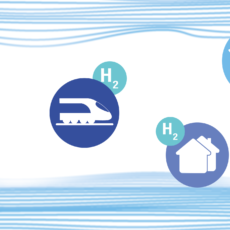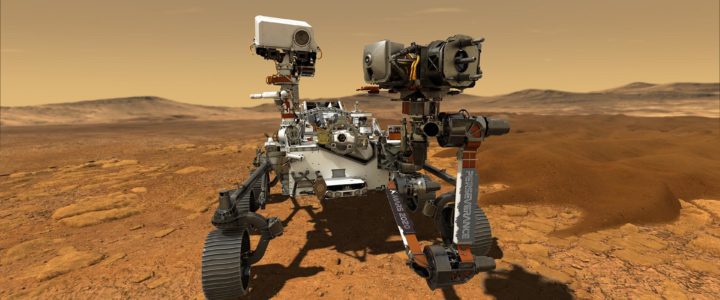
We’ve previously discussed the minimal footprint of space programs when comparing them to other carbon emission-intensive sectors, but still, space exploration has never been considered sustainable. So why is NASA still looking to the stars when Earth is at a tipping point? Well, understanding if there was life on Mars and how it changed to what we see today may give us important insights into our own planet.

Mars 2020 is a mission from NASA’s Mars Exploration Program, that was launched on July 30, 2020, containing the rover Perseverance and helicopter drone Ingenuity. It will touch down on Mars on February 18, 2021. The rover will investigate the ancient environment on Mars, including any past habitability or possibility of previous life. It will also collect samples for a future mission and return these to Earth. The Ingenuity helicopter will be used as a test for future designs, as well as scouting targets and driving routes for Perseverance.
To get the uncrewed rover to Mars, the rockets rely on Hohmann Transfer Orbit, or Minimum Energy Transfer Orbit, used by engineers to cut down the energy required (and fuel costs) for travel. Sending an empty rover into space takes a lot less fuel than sending humans due to lack of requirement for life support systems.
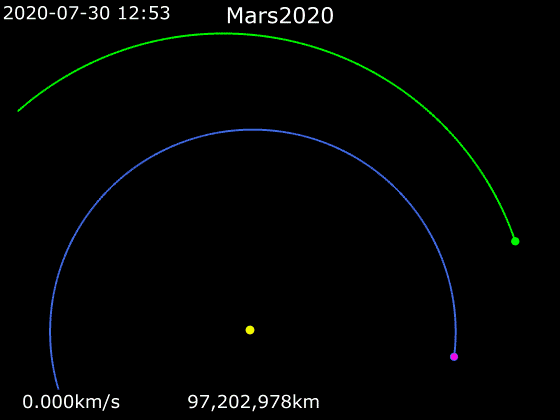
The Atlas V rocket burns about 482,000kg of propellent to reach its Earth escape trajectory (around one third of the Falcon Heavy) and is sent on a tangential path from Earth’s orbit out to Mars’ orbit, timed to intercept the red planet when it reaches Mars’ orbit. The efficiency of this technique compared to “firing up the thrusters” like we’re told in science fiction is night and day.
Once reaching Mars, the craft’s heat shield protects the payload until a parachute is deployed to slow the descent. The heat shield is dropped before the eight retro rockets fire to enable the “sky crane maneuver” to lower the rover to the surface. Perseverance is equipped with a multi-mission radioisotope thermoelectric generator (RTG) that will reliably power the rover throughout its journey. The system converts heat generated by the natural decay of plutonium-238 into electricity and will keep the rover’s tools and systems running at optimal levels once it lands on the red planet.
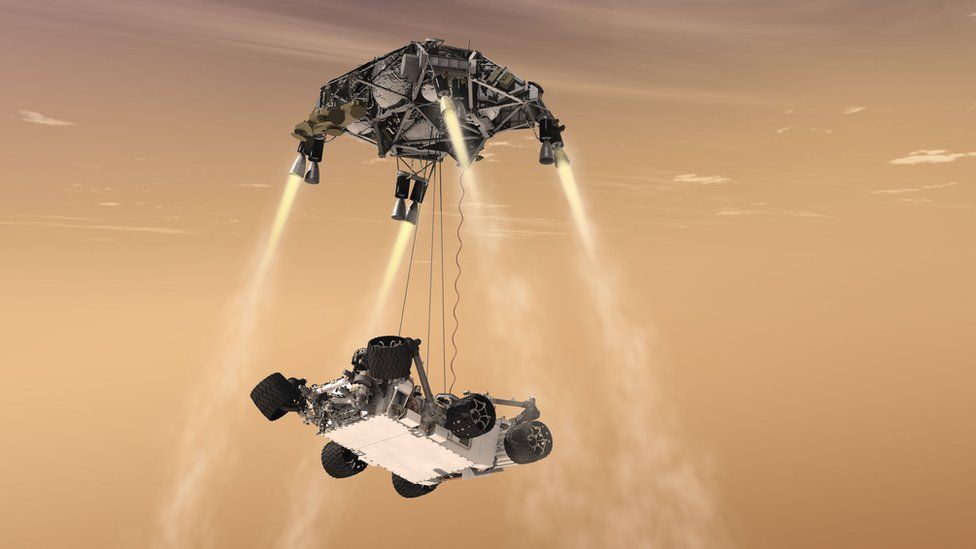
The 1te rover will then commence its exploration mission of the Jezero Crater just north of Mars’ equator. Scientists believe river channels flowed over the crater wall to form a lake and a well-preserved delta (formed when a river enters a body of water to deposit sediments and potentially organic carbon).
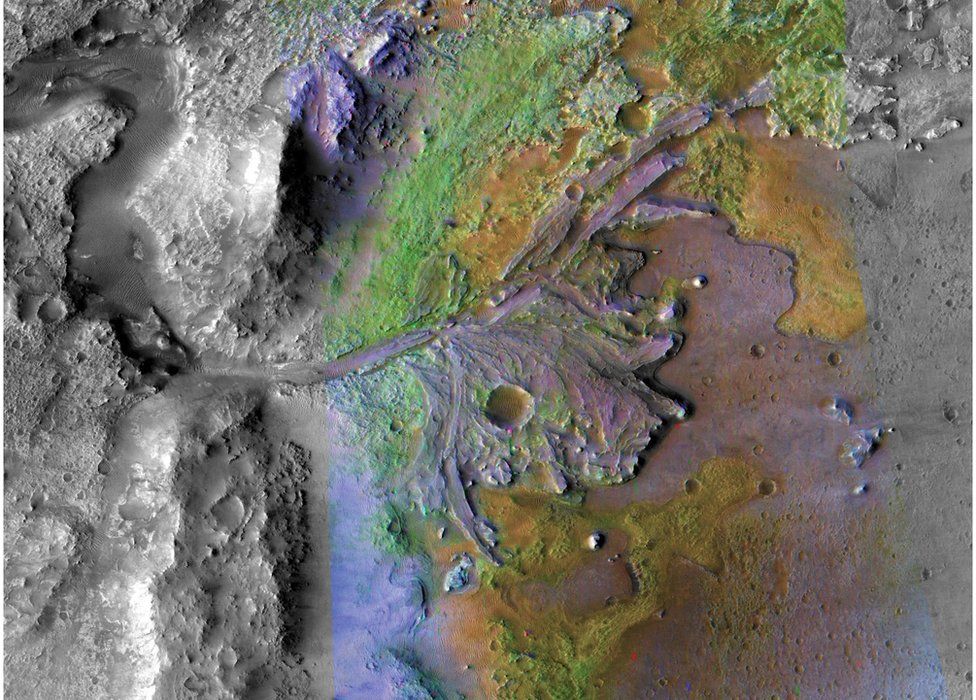
The whole mission to Mars and supporting infrastructure will have a carbon footprint that we estimate to require around 1,000 acres of trees to sequester as a minimum.
Technology developed for this mission and all missions is always groundbreaking—learning to do more with less is a rallying cry for sustainability warriors. Since NASA was formed in 1958, it has continually contributed to technologies that we use everyday. Some of these include solar cells, space blankets, water purification, food safety, air scrubbers, enriched baby food, cordless vacuums and even LASIK.
Space exploration is inevitable. And while exploring past life on the red planet may not solve our climate problems on Earth, we can’t know how vital the knowledge gleaned from missions like Mars 2020 may one day be. Scientific leaps are invaluable, and NASA has a proven record of solving problems most would deem unsolvable. A space environment is harsh and unforgiving. Overcoming the technical challenges in as efficient a way as possible is essential. So let’s take inspiration from the Perseverance to live a better life—with less.



